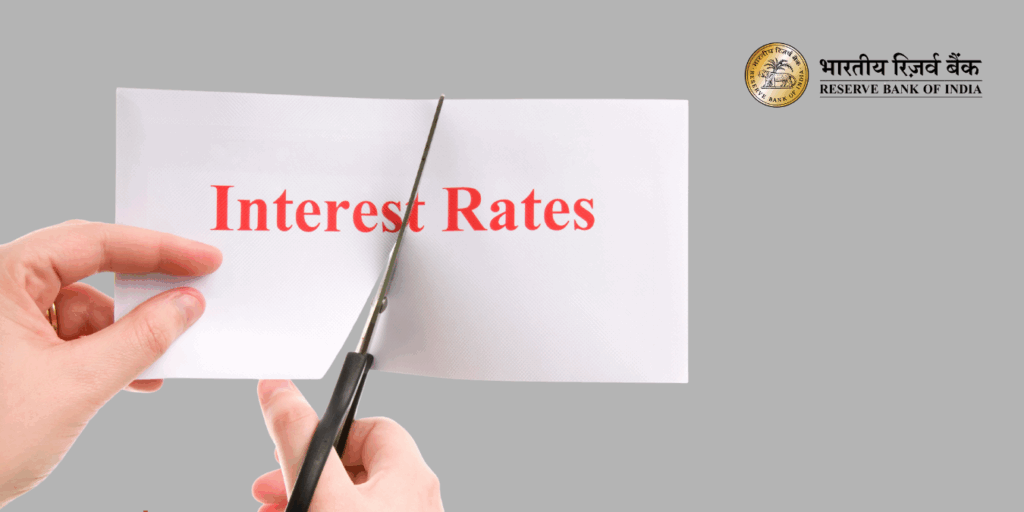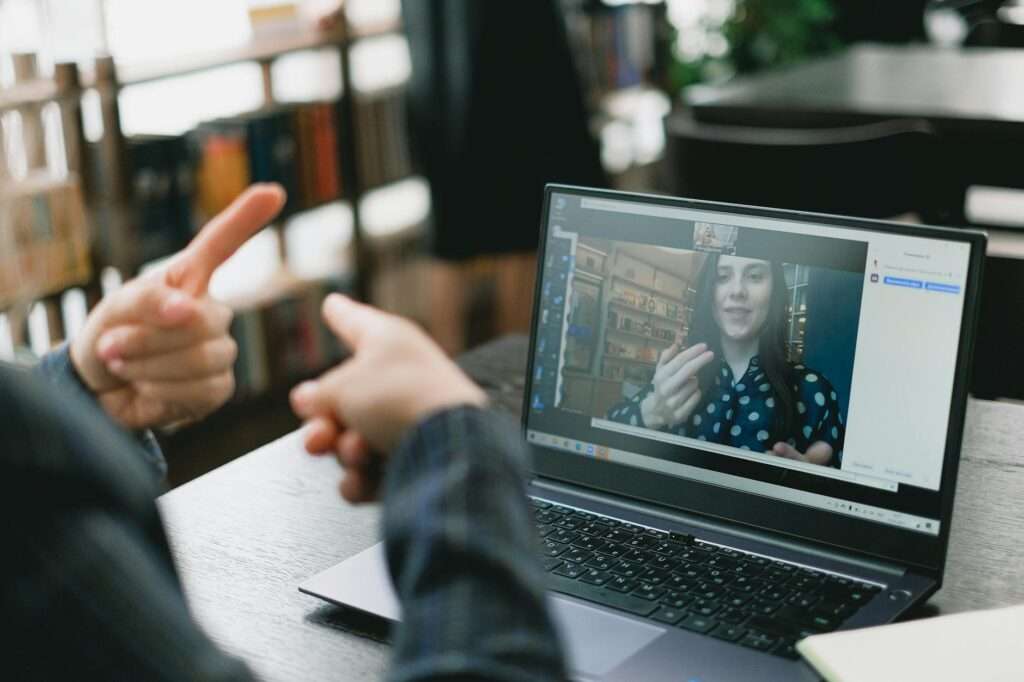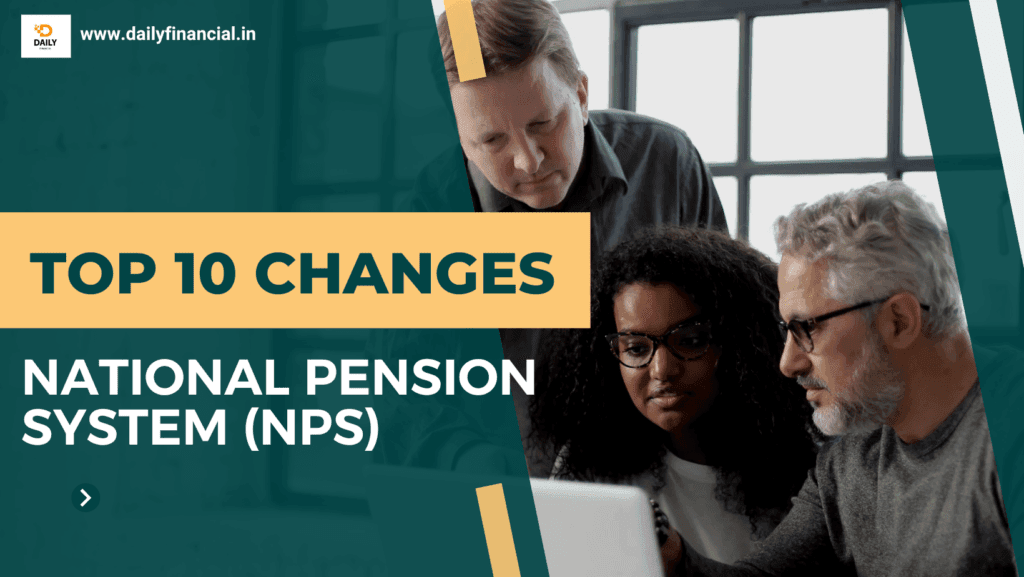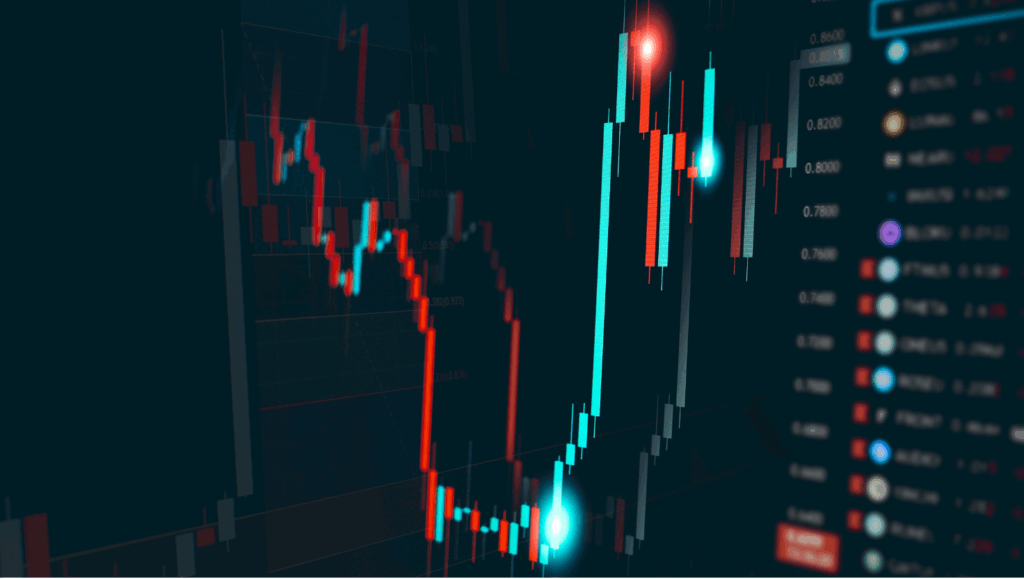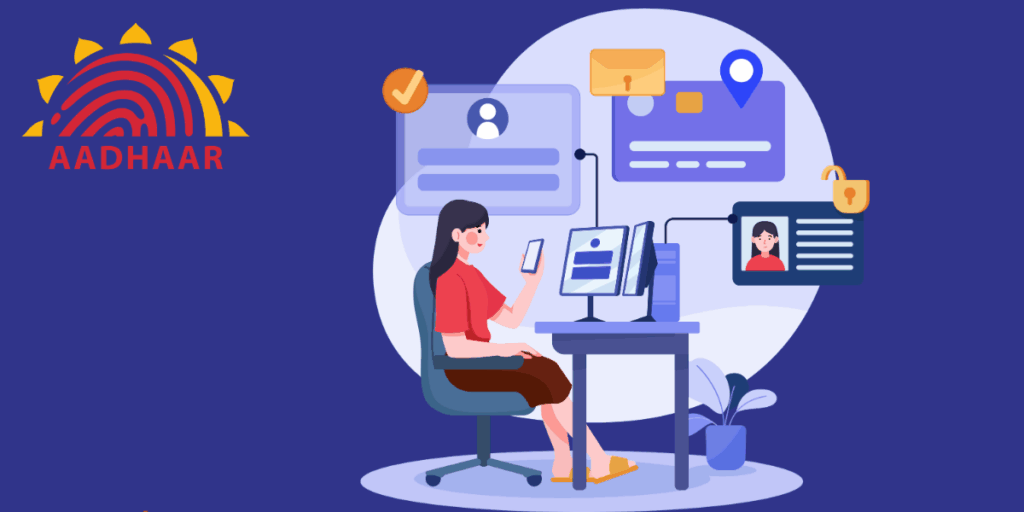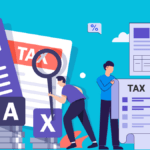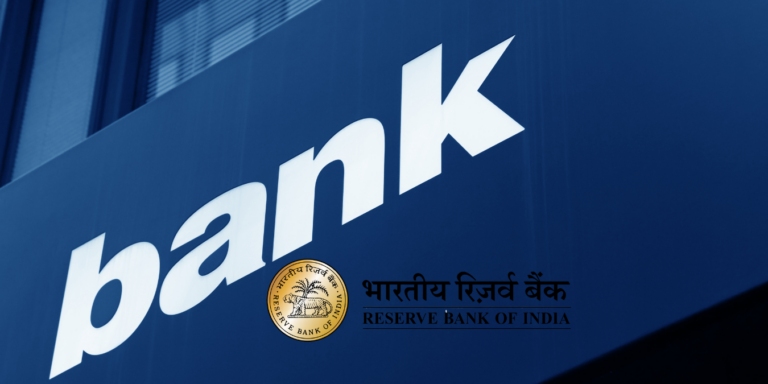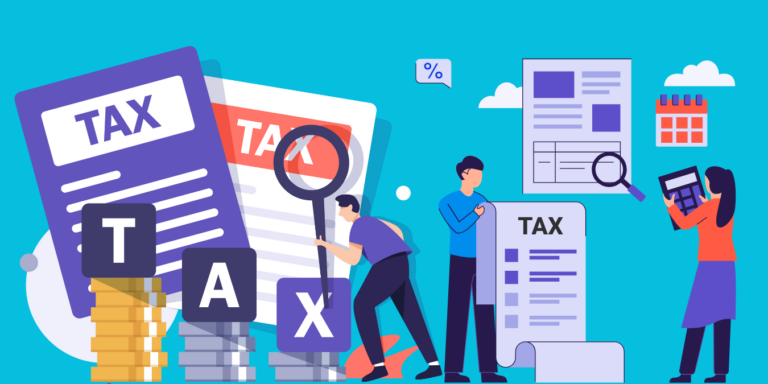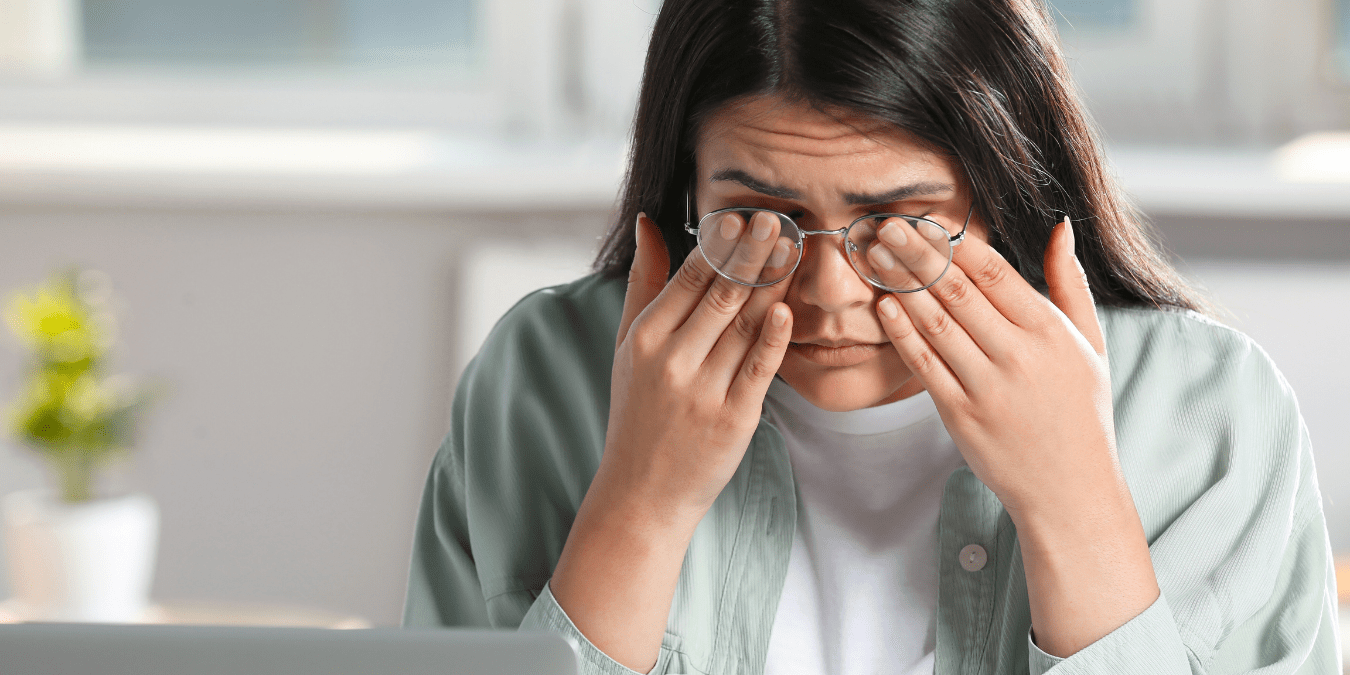
How to Protect Your Vision in India’s Screen-Heavy Work Culture
Your eyes may be paying a shocking price for your work success. Discover the hidden truth about screen-induced eye damage and the smart, science-backed rituals Indian professionals are using in 2025 to protect their vision. The final tip might just change how you see your workday—literally.
It starts subtly—your eyes sting at 4 p.m., letters blur by 6, and before bed, you’re blinking through a dull headache. Sounds familiar? Across India’s tech-driven workplaces, millions of professionals are suffering from a quiet epidemic: digital eye strain. With every Slack ping and Excel sheet, our most important sensory organ—the eye—is under siege.
We live in an era where “screen time” is not a choice but a condition of employment. According to the Indian Council of Medical Research (ICMR) 2025 data, over 67% of Indian office workers now spend more than 10 hours a day on digital devices. Yet, few realize how dangerously close this lifestyle is to blurring the line between productivity and pathology.
Let’s uncover smart ways to give your eyes the respect—and rest—they deserve.
The Shocking Truth: Screen Time Has Rewired Our Vision Habits
The average Indian employee’s day begins with a phone alarm, continues with multiple screens at work, and ends with Instagram reels before sleep. We’re clocking 3x more digital hours than a decade ago. What’s even more concerning: ophthalmologists in Bengaluru, Hyderabad, and Gurgaon report a 40% rise in early-age dry eye disease among office professionals since 2020.
Why it matters:
Your eyes were never designed for eight hours of blue light. Human vision evolved to focus on natural landscapes and varied distances—not backlit pixels. This constant near-focus triggers eye muscle fatigue, reduced blinking, and even long-term vision changes.
Understanding the “Digital Eye Strain” Syndrome
Doctors call it Computer Vision Syndrome (CVS). You may know it by its symptoms:
- Dry, irritated, or burning eyes
- Blurred or double vision
- Headaches or neck pain
- Sensitivity to light
- Difficulty refocusing after looking away from screens
In an always-connected world, these signs are often dismissed as “just tiredness.” But here’s the truth—unchecked, CVS can progress into chronic eye muscle spasms and sleep disruption, caused by overexposure to blue light and poor work ergonomics.
Secret Culprits Behind Eye Stress at the Workplace
1. Blue Light Overload:
Every LED screen emits high-energy visible (HEV) blue light that can damage the retina over time and suppress melatonin, the sleep hormone.
2. Incorrect Viewing Distance:
Your monitor should ideally be an arm’s length away and slightly below eye level. Most Indian professionals set it too close or too high, straining neck and eyes simultaneously.
3. Poor Office Lighting:
Harsh fluorescent lights or reflective glare from glass partitions are silent enemies of eye comfort.
4. Unconscious Staring:
On average, we blink 60% less when using screens, drying out our tear film faster—a key reason for eye dryness.
Smart Prevention Starts with Awareness
Good news: you don’t have to quit your job or abandon your laptop to protect your vision. Small, consistent actions make a long-term impact.
The 20-20-20 Rule: Your Eyes’ Quick Reset Mechanism
Every 20 minutes, look 20 feet away for 20 seconds. It might sound trivial, but this simple eye exercise can reduce strain by nearly 30%. Set a silent alarm or install reminder apps like Eye Care 20 20 20 or Stretchly, popular among Indian professionals in hybrid work setups.
The Magic of Blinking Consciously
Blinking isn’t just instinct—it’s therapy. Each blink refreshes and moistens the eye surface.
Try this mini-routine every few hours:
- Close your eyes fully and count to 3.
- Squeeze gently, then open slowly.
- Repeat 5–6 times.
These “micro-breaks” restore moisture balance far better than expensive lubricating drops.
Optimize Your Workspace for Eye Comfort
Think of your desk as your eye’s environment. A few tweaks deliver hidden benefits:
- Adjust monitor brightness: Match it to your room lighting. Too bright or too dim leads to adaptation fatigue.
- Use an anti-glare filter if you sit near windows or glossy surfaces.
- Position lighting smartly: Avoid direct overhead beams. Choose warm LED task lights instead.
- Reposition monitors: Maintain a 50–70 cm distance. Keep the top of your screen at or slightly below eye level.
Nutrition: The Natural Eye Shield
Healthy eyes depend on antioxidant nutrition. Urban diets high in processed food miss vital nutrients like lutein, zeaxanthin, and vitamin A. Here’s a quick Indian diet checklist to protect your sight:
- Leafy greens: Spinach, methi, and kale boost retinal protection.
- Carrots and papaya: Rich in beta-carotene for sharper night vision.
- Almonds and walnuts: Packed with vitamin E and omega-3s for moisture regulation.
- Fish (Rohu, Mackerel): Supports tear film stability.
- Green tea: Natural anti-inflammatory agent for the eyes.
Many corporate cafeterias now include “Eye Health Bowls” with carrots, corn, and capsicum—reflecting growing awareness of workplace wellness trends.
The Future Fix: Blue-Light Glasses and Digital Ergonomics
In 2025, AI-driven eyewear is reshaping visual care. Start-ups in Bengaluru and Pune have introduced smart glasses that adjust color warmth automatically based on lighting conditions. Optometrists recommend blue-light filtering lenses—costing between ₹1,500–₹4,000—as an affordable first line of defense.
Tech giants like TCS and Infosys have integrated “digital wellness policies”, offering free annual eye check-ups and workstation ergonomics training—a trend that’s rapidly becoming an HR standard across India.
Eye Yoga: India’s Ancient Answer to a Modern Problem
Yoga’s benefits have always included vision exercises long before “blue light” became a buzzword. Incorporate these five yogic eye drills during your coffee breaks:
- Palming: Rub palms till warm, cup them over eyes for 1 minute.
- Focus Shifting: Alternate focus between your thumb (20 cm) and a distant object.
- Eye Rolling: Roll eyes clockwise and counterclockwise to relax muscles.
- Trataka (Candle Gazing): Gaze at a candle flame for 2 minutes to improve concentration.
- Blink Sprints: Rapid blinking for 30 seconds to stimulate tears.
Practiced daily, these techniques help reverse early signs of strain naturally.
Balanced Digital Detox: Your Weekend Eye Recharge
You don’t need to renounce your smartphone; you just need structured disconnection. Try these real-world success hacks from young Indian professionals:
- “Screenless Saturdays”: No screens from 9 a.m. to 5 p.m.—recharge your vision and creativity.
- “Offline lunch breaks”: Avoid scrolling during meals; focus on mindful eating and distant gazing.
- Nature resets: Spending just 30 minutes outdoors improves focusing flexibility, as per 2025 All India Institute of Ophthalmology research.
The Sleep-Eye Connection: Why Late-Night Scrolling Is a Silent Enemy
Melatonin suppression from blue light is well-documented. After 10 p.m., your smartphone acts like a sleep saboteur. Reduced sleep cycles directly impact eye lubrication, causing red, irritated eyes in the morning.
Quick fix:
- Enable ‘Night Shift’ or ‘Eye Comfort Mode’ from 8 p.m. onwards.
- Limit phone use 30 minutes before bed.
- Keep brightness under 30% during late browsing.
When to See a Doctor
If you experience constant headaches, blurred vision, or redness longer than a week, visit an ophthalmologist. Routine check-ups once a year can detect early symptoms of astigmatism, myopia, or macular stress often aggravated by excessive digital exposure.
Quick Lifestyle Swaps That Make a Big Difference
- Use text-to-speech or AI note summarizers to reduce reading strain.
- Increase font size instead of squinting.
- Clean your screen weekly to reduce visual clutter.
- Follow the “keyboard rule” — keep the keyboard just below elbow level to reduce shoulder-eye tension.
- Switch to matte monitors if spending 8+ hours in front of screens.
The Human Side: Eye Wellness as Workplace Culture
Companies are now realizing that eye health isn’t an HR novelty—it’s productivity science. Firms like Wipro and Zoho recently launched “Vision@Work” campaigns, providing employees with ergonomic consults and subsidized eye exams. The shift from reactive to preventive care reflects a new wellness mindset in India’s corporate ecosystem.
Key Takeaways: Your Eye-Smart Action Plan
- Follow the 20-20-20 rule daily.
- Practice regular blinking and eye yoga every few hours.
- Maintain optimal workspace ergonomics to reduce glare and strain.
- Prioritize antioxidant-rich foods like spinach, almonds, and fish.
- Schedule annual eye check-ups—don’t ignore dryness or headaches.
- Limit late-night screen exposure to protect sleep and retinal health.
Small, conscious steps create massive visual resilience in the long run.
Final Thought: The Future of Vision Wellness
In a world where our careers unfold through glowing rectangles, your eyes silently carry the cost of digital success. But technology doesn’t have to be the villain—it can also be the cure. Imagine a future where your workstation adjusts its brightness automatically, your glasses adapt to daylight shifts, and your smartwatch reminds you to blink. That future isn’t far; it’s already emerging in 2025 India.
The real challenge isn’t just surviving screen time; it’s redefining how we coexist with it. The next time your eyes sting during a late-night project, ask yourself—what if the smartest part of your career growth starts with simply closing your eyes for 20 seconds?




